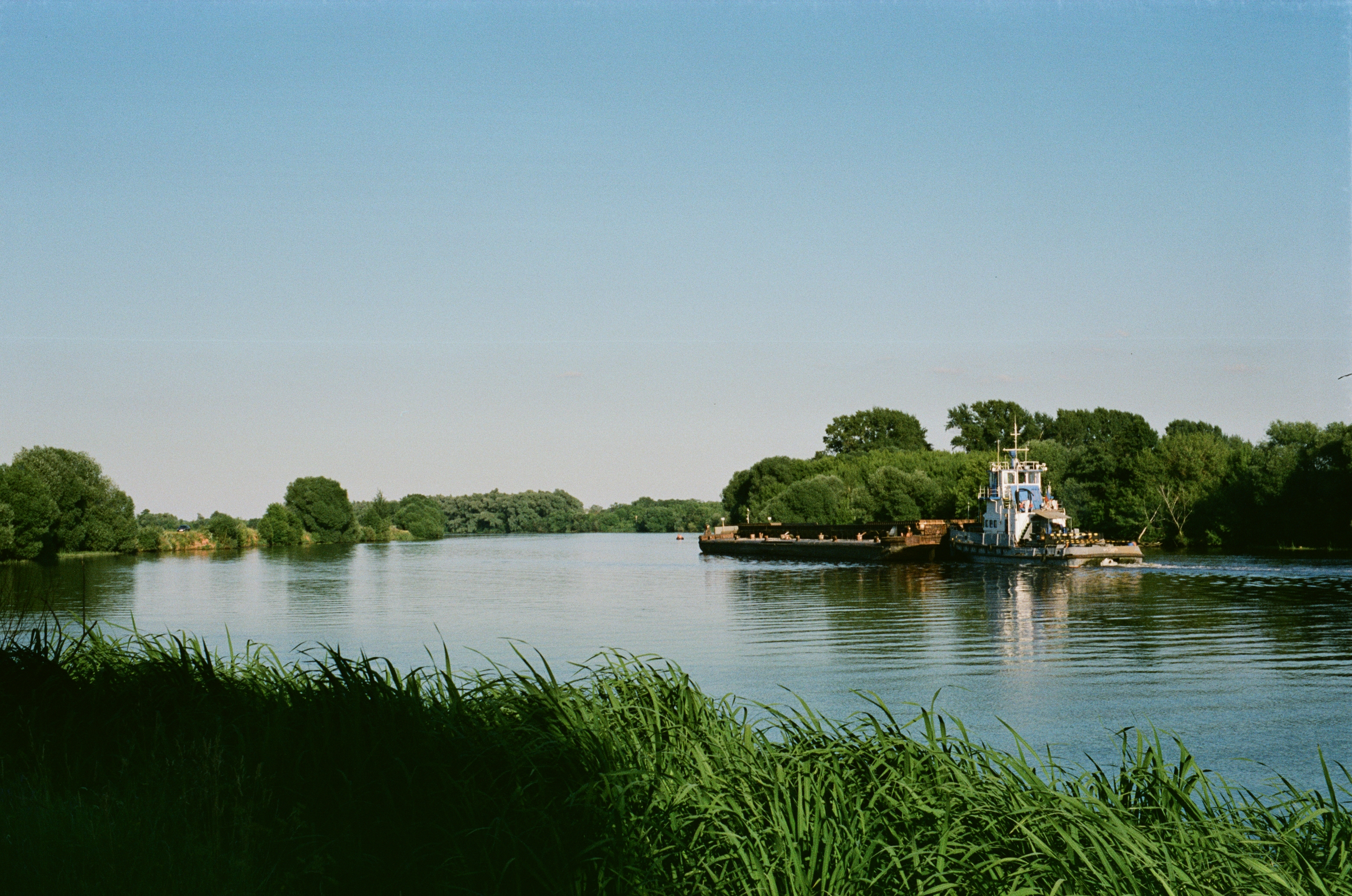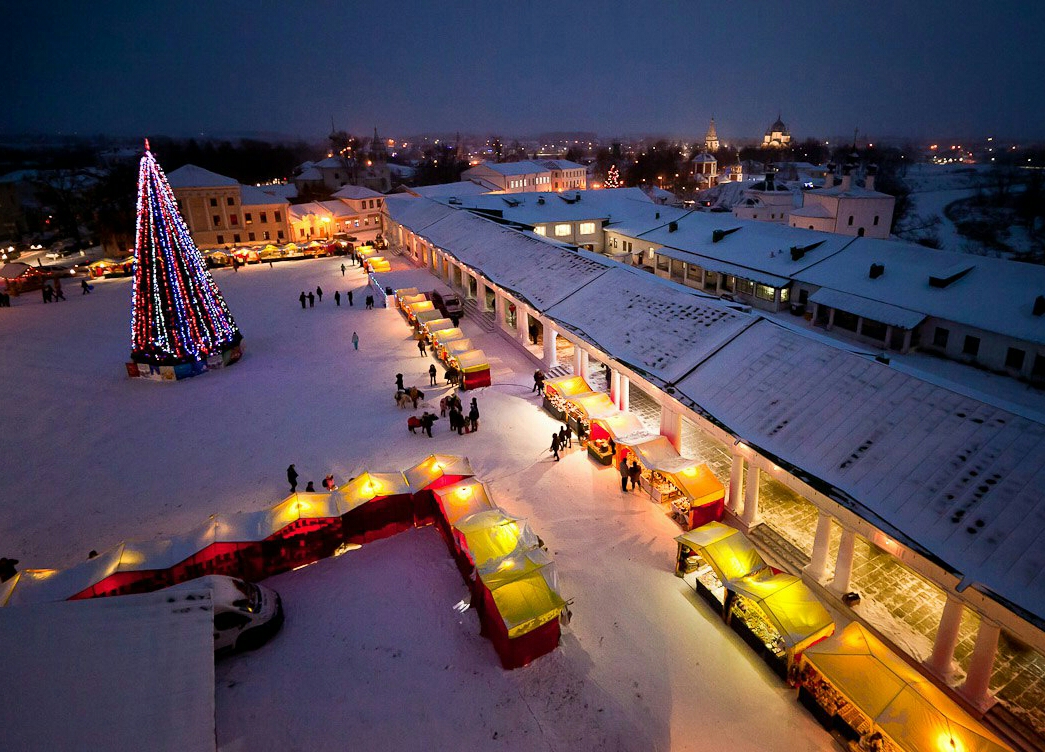|
Vyatich
The Vyatichs or more properly Vyatichi or Viatichi (russian: вя́тичи) were a native tribe of Early East Slavs who inhabited regions around the Oka, Moskva and Don rivers. The Vyatichi had for a long time no princes, but the social structure was characterized by democracy and self-government. Like various other Slavic tribes, the Vyatichi people built kurgans on territory which belongs now to the modern Russian state. The 12th-century '' Primary Chronicle'' recorded that the Vyatichi, Radimichs and Severians "had the same customs", all lived violent lifestyles, "burned their dead and preserved the ashes in urns set upon posts beside the highways", and they did not enter monogamous marriages but practiced polygamy, specifically polygyny, instead. The ''Primary Chronicle'' names a certain tribal leader Vyatko as the forefather of the tribe, who was a Lyakh brother of Radim from whom emerged the Radimichs. The Vyatichi were mainly engaged in farming and cattle-breeding. Be ... [...More Info...] [...Related Items...] OR: [Wikipedia] [Google] [Baidu] |
Radimichs
The Radimichs (also Radimichi) ( be, Радзiмiчы, russian: Радимичи, uk, Радимичі and pl, Radymicze) were an East Slavic tribe of the last several centuries of the 1st millennium, which inhabited upper east parts of the Dnipro down the Sozh and its tributaries. The name probably derives from the name of the forefather of the tribe - Radim. According to Ruthenian chronicle tradition, "... but there were Radimichs from the Lechites family, who came and settled here and paid tribute to Rus, and the wagon was carried to the present day" (a ''wagon'' is a type of tax for the right to have one's own prince). However, in the scientific literature, there is no consensus on the ethnicity of the Radimichs. Archaeological evidence indicates that this tribal association had a mixed Slavic-Baltic origin. The Radimichs lived in the interfluve of the upper Dnipro and Desna rivers along the Sozh and its tributaries (the south of Vitebsk, the east of the Mogilev and G ... [...More Info...] [...Related Items...] OR: [Wikipedia] [Google] [Baidu] |
Moscow
Moscow ( , US chiefly ; rus, links=no, Москва, r=Moskva, p=mɐskˈva, a=Москва.ogg) is the capital and largest city of Russia. The city stands on the Moskva River in Central Russia, with a population estimated at 13.0 million residents within the city limits, over 17 million residents in the urban area, and over 21.5 million residents in the metropolitan area. The city covers an area of , while the urban area covers , and the metropolitan area covers over . Moscow is among the world's largest cities; being the most populous city entirely in Europe, the largest urban and metropolitan area in Europe, and the largest city by land area on the European continent. First documented in 1147, Moscow grew to become a prosperous and powerful city that served as the capital of the Grand Duchy that bears its name. When the Grand Duchy of Moscow evolved into the Tsardom of Russia, Moscow remained the political and economic center for most of the Tsardom's history. Whe ... [...More Info...] [...Related Items...] OR: [Wikipedia] [Google] [Baidu] |
Severians
The Severians or Severyans or Siverians ( be, Севяране; bg, Севери; russian: Северяне; uk, Сiверяни, translit=Siveriany) were a tribe or tribal confederation of early East Slavs occupying areas to the east of the middle Dnieper River and southeast of the Danube River. They are mentioned by the Bavarian Geographer (9th century), Emperor Constantine VII (956–959), the Khazar ruler Joseph (c. 955), and in the Primary Chronicle (1113). Ethnonym The etymology of the name "Severian" is uncertain. The name of the Severia region originated from the Slavic tribes. One theory proposes derivation from the Slavic word for "north" (''sěver''; men of the north), but the Severians never were the northernmost tribe of Slavs. Another theory proposes an Iranic derivation, from the name of the Sarmatian ''Seuer'' tribe (''seu'' meaning "black"). Some scholars have argued that Jews called this tribe the ''Sawarta,'' based on the '' Kievan Letter'' (c. 930), writ ... [...More Info...] [...Related Items...] OR: [Wikipedia] [Google] [Baidu] |
Lendians
The Lendians ( pl, Lędzianie) were a Lechitic tribe who lived in the area of East Lesser Poland and Cherven Cities between the 7th and 11th centuries. Since they were documented primarily by foreign authors whose knowledge of Central and East Europe geography was often vague, they were recorded by different names, which include ''Lendzanenoi'', ''Lendzaninoi'', ''Lz’njn'', ''Lachy'', ''Lyakhs'', ''Landzaneh'', ''Lendizi'', ''Licicaviki'' and ''Litziki''. Name The name "Lędzianie" (*lęd-jan-inъ) derives from the Proto-Slavic and Old Polish word "lęda", meaning "field". In modern Polish, the word "ląd" means "land". The Lędzianie tribe's name comes from their use of slash-and-burn agriculture, which involved cutting and burning of forests or woodlands to create fields. Accordingly, in this meaning Lendians were woodland-burning farmers, or "inhabitants of fields". Several European nations source their ethnonym for Poles, and hence Poland, from the name of Lendians: Lit ... [...More Info...] [...Related Items...] OR: [Wikipedia] [Google] [Baidu] |
Primary Chronicle
The ''Tale of Bygone Years'' ( orv, Повѣсть времѧньныхъ лѣтъ, translit=Pověstĭ vremęnĭnyxŭ lětŭ; ; ; ; ), often known in English as the ''Rus' Primary Chronicle'', the ''Russian Primary Chronicle'', or simply the ''Primary Chronicle'', as well as also, after the author it has traditionally been ascribed to, '' Nestor's Chronicle'', is an Old East Slavic chronicle (letopis) of Kievan Rus' from about 850 to 1110, originally compiled in Kiev around 1113. The work’s name originates from the opening sentence of the text, which reads: “These are the narratives of bygone years regarding the origin of the land of Rus’ ( Old East Slavic: Рѹсь), the first princes of Kyiv, and from what source the land of Rus’ had its beginning.” The work has long been considered to be a fundamental source in the interpretation of the history of the East Slavs. The ''Chronicle's'' content is known today from several surviving editions and codices that have bee ... [...More Info...] [...Related Items...] OR: [Wikipedia] [Google] [Baidu] |
Oka River
The Oka (russian: Ока́, ) is a river in central Russia, the largest right tributary of the Volga. It flows through the regions of Oryol, Tula, Kaluga, Moscow, Ryazan, Vladimir and Nizhny Novgorod and is navigable over a large part of its total length, as far upstream as the town of Kaluga. Its length is and its catchment area is .«Река Ока» Russian State Water Registry The Russian capital sits on one of the Oka's tributaries—the Moskva. Name and history The Oka river was the homeland of the Eastern Slavic Vya ...[...More Info...] [...Related Items...] OR: [Wikipedia] [Google] [Baidu] |
Moskva River
The Moskva (russian: река Москва, Москва-река, ''Moskva-reka'') is a river running through western Russia. It rises about west of Moscow and flows roughly east through the Smolensk and Moscow Oblasts, passing through central Moscow. About southeast of Moscow, at the city of Kolomna, it flows into the Oka, itself a tributary of the Volga, which ultimately flows into the Caspian Sea. History In addition to Finnic tribes, the Moskva River is also the origin of Slavic tribes such as the Vyatichi tribe. Etymology ''Moskva'' and ''Moscow'' are two different renderings of the same Russian word ''Москва''. The city is named after the river. Finnic Merya and Muroma people, who originally inhabited the area, called the river ''Mustajoki'', in English: ''Black river''. It has been suggested that the name of the city derives from this term, although several theories exist. To distinguish the river and the city, Russians usually call the river ''Moskva-re ... [...More Info...] [...Related Items...] OR: [Wikipedia] [Google] [Baidu] |
Saint Kuksha Of The Kiev Caves
Saint Kuksha of the Kiev Caves (died after 1114) was a monk and martyr from the Pechersk Lavra (Monastery of the Caves) in Kiev, Ukraine. He has been canonized as a saint in the Russian Orthodox Church for his work spreading Christianity among the heathen East Slavic tribe of Vyatichi (of the Oka basin, in present-day Kaluga, Ryazan, and Tula oblasts of Russia). This story is told of him: Being a monk at Kiev Pechersk Lavra, he left to preach Gospel Gospel originally meant the Christian message (" the gospel"), but in the 2nd century it came to be used also for the books in which the message was set out. In this sense a gospel can be defined as a loose-knit, episodic narrative of the words a ... to idol-worshippers Viatichi. He there performed numerous miracles. Impressed by his powers and rendered receptive by his preaching, the heathens began to convert and accept baptism. Priests of Viatichi, furious over the destruction of their idols, decapitated Kuksha and his pupil. ... [...More Info...] [...Related Items...] OR: [Wikipedia] [Google] [Baidu] |
Chronicle
A chronicle ( la, chronica, from Greek ''chroniká'', from , ''chrónos'' – "time") is a historical account of events arranged in chronological order, as in a timeline. Typically, equal weight is given for historically important events and local events, the purpose being the recording of events that occurred, seen from the perspective of the chronicler. A chronicle which traces world history is a universal chronicle. This is in contrast to a narrative or history, in which an author chooses events to interpret and analyze and excludes those the author does not consider important or relevant. The information sources for chronicles vary. Some are written from the chronicler's direct knowledge, others from witnesses or participants in events, still others are accounts passed down from generation to generation by oral tradition.Elisabeth M. C. Van Houts, ''Memory and Gender in Medieval Europe: 900–1200'' (Toronto; Buffalo : University of Toronto Press, 1999), pp. 19–20. S ... [...More Info...] [...Related Items...] OR: [Wikipedia] [Google] [Baidu] |
Chernigov
Chernihiv ( uk, Черні́гів, , russian: Черни́гов, ; pl, Czernihów, ; la, Czernihovia), is a city and municipality in northern Ukraine, which serves as the administrative center of Chernihiv Oblast and Chernihiv Raion within the oblast. Chernihiv's population is The city was designated as a Hero City during the 2022 Russian Invasion of Ukraine. Geography Chernihiv stands on the Desna River to the north-north-east of Kyiv. The area was served by Chernihiv Shestovytsia Airport prior to 2002, and during the Cold War it was the site of Chernihiv air base. History Etymology The name "Chernihiv" is a compound name, which begins with the root 'Cherni/Cherno,' which means "black" in Slavic. Scholars vary with interpretations of the second part of the name ("hiv"/gov", "говъ") though scholars such as Dr. Martin Dimnik, Professor of Medieval History at University of Toronto, connect Cerhnihov with the worship of "the black god" Chernibog. Early history Ch ... [...More Info...] [...Related Items...] OR: [Wikipedia] [Google] [Baidu] |
Suzdal
Suzdal ( rus, Суздаль, p=ˈsuzdəlʲ) is a town that serves as the administrative center of Suzdalsky District in Vladimir Oblast, Russia, which is located on the Kamenka River, north of the city of Vladimir. Vladimir is the administrative center of the surrounding oblast. As of the 2021 Census, its population was 9,286. Suzdal is one of the oldest Russian towns. In the 12th century, it became the capital of the principality, while Moscow was merely one of its subordinate settlements. Currently, Suzdal is the smallest of the Russian Golden Ring towns, but it has more than 40 historically important monuments and 200 architectural sites. Several of these sites are listed as UNESCO World Heritage Sites. History The town's history dates back probably to 999 or 1024, and in 1125 Yury Dolgoruky made Suzdal the capital of the Rostov-Suzdal principality. Suzdal began to function as a capital at the time when Moscow was still a cluster of cowsheds. In 1157, And ... [...More Info...] [...Related Items...] OR: [Wikipedia] [Google] [Baidu] |
.jpg)




.jpg)
.jpg)
